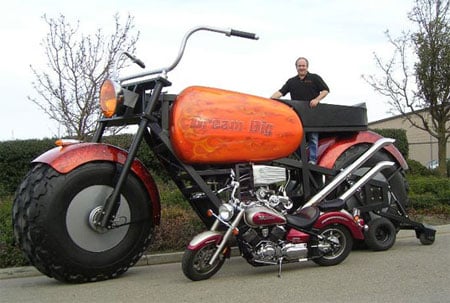The Kelantan government plans to build a special circuit for the state’s Mat Rempit to race and show off their stunts, which they currently do illegally all over the country’s roads and highways, endangering the life of all motorists.
Kelantan Menteri Besar Datuk Nik Abdul Aziz Nik Mat says the circuit will help keep the Mat Rempit menace in check, and thus will not be a waste of public funds. The idea was suggested by Kelantan’s senior police officers.
“Mat Rempit always make their mothers worry. When untoward incidents happen involving them, it’s pitiful to see their mothers, wives and children crying. We build a special circuit for them to let go their feelings and show off their prowess and heroics. The nurturing and moulding of Mat Rempit into good human capital would be done gradually. If young people want to show their prowess, there must be a suitable place for them to do so, and at the same time we inject advice and prayer into their motor riding activities,” says Datuk Nik Abdul Aziz.
The usual formula for anyone who breaks the law to enforce, arrest, and punish. It seems that while other criminals face strict enforcement and punishment, Mat Rempits who are criminals by definition of law because of their dangerous behaviour on roads somehow get the benefit of “nurturing”.
What about the other Rempits in other states? Will each respective state government spend taxpayer money this way too? How much would the Rempits be charged to use the circuit? Would they be charged at all? Who will pay for maintenance?
Videos of typical Mat Rempit stunts can be found in the post linked below.
Related Posts:
VIDEO: Mat Rempit Stunt
Stricter laws for Mat Rempit, but will there be any enforcement?


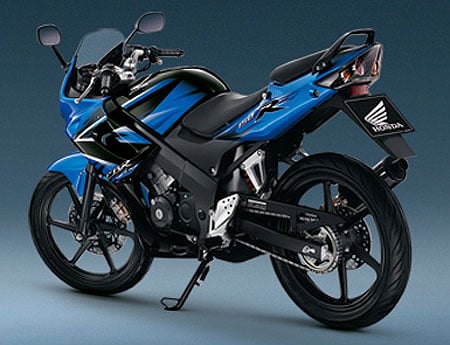

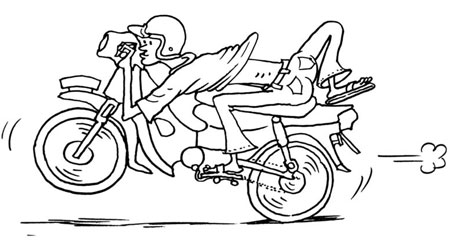
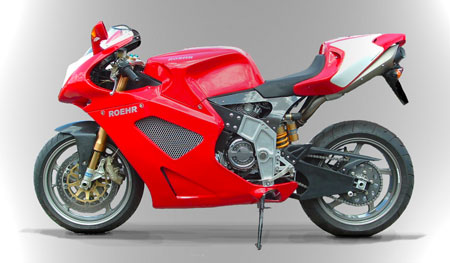
 Did you read NST yesterday? Saw the weird Proton motorcycle? It’s a chopper-style bike done up in orange and features a 1.5 litre Megavalve engine from the old Proton Wira or Iswara 1.5. This engine is connected to the rear wheel via a single driveshaft with a 90 degree joint coming out of the Wira 5-speed manual gearbox.
Did you read NST yesterday? Saw the weird Proton motorcycle? It’s a chopper-style bike done up in orange and features a 1.5 litre Megavalve engine from the old Proton Wira or Iswara 1.5. This engine is connected to the rear wheel via a single driveshaft with a 90 degree joint coming out of the Wira 5-speed manual gearbox.
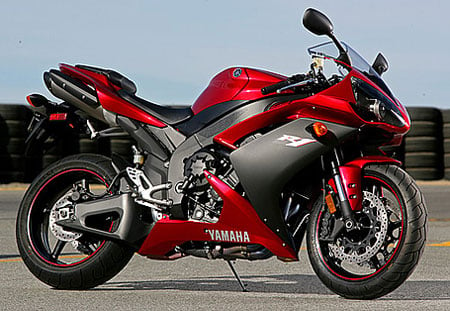
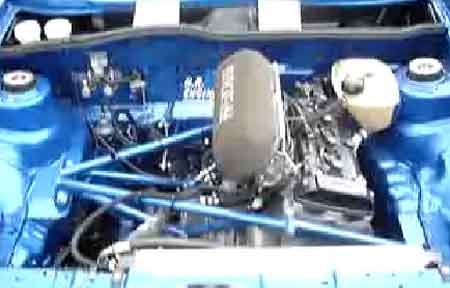
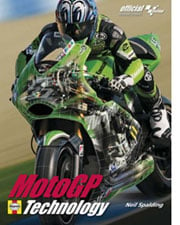 MotoGP has evolved over the years to become the F1 of the 2 wheeler world. Since it began in 2002, the world has seen the very highest levels of 4-stroke motorcycles. Over 180 pages of content. Niel Spalding has done beautiful work preparing this book, which is filled to the brim with photographs, and covers in-depth aspects of MotoGP Technology, showing the reader how the top MotoGP factory teams compete at the very highest level of 2 wheeler motorsport.
MotoGP has evolved over the years to become the F1 of the 2 wheeler world. Since it began in 2002, the world has seen the very highest levels of 4-stroke motorcycles. Over 180 pages of content. Niel Spalding has done beautiful work preparing this book, which is filled to the brim with photographs, and covers in-depth aspects of MotoGP Technology, showing the reader how the top MotoGP factory teams compete at the very highest level of 2 wheeler motorsport.